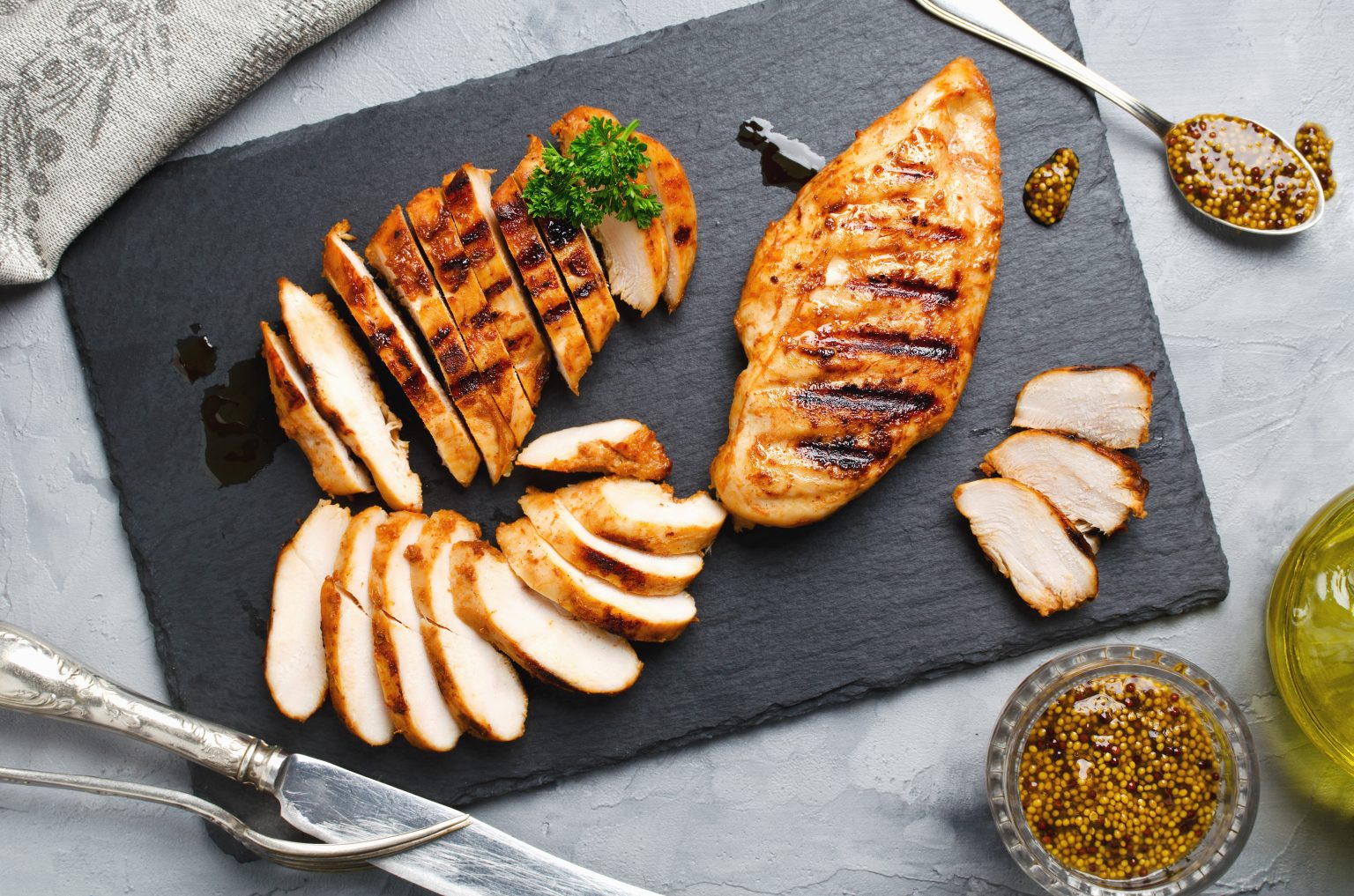Wondering how long chicken can stay out before it becomes unsafe to eat? Whether raw or cooked, the clock is ticking from the moment it’s left at room temperature. Cooked chicken can sit out for up to two hours, but after that, it should be thrown away to avoid the risk of food poisoning.
Leaving chicken out for longer periods allows bacteria to multiply rapidly, increasing the chance of getting sick. This applies to all forms of cooked chicken, including rotisserie and chicken used at picnics or barbecues. For raw chicken, it’s best to minimise the time it spends at room temperature to ensure it remains safe for cooking.
Proper storage is key when handling chicken. Cooked chicken should be kept warm above 140°F if it’s not immediately refrigerated. Following these guidelines can help ensure that chicken dishes remain safe and enjoyable for everyone.
Understanding Food Safety and Chicken
Proper food safety practices are vital when handling chicken to prevent foodborne illnesses. Key factors include understanding bacteria growth, following safety guidelines, and managing temperatures.
The Basics of Bacteria and Spoilage
Bacteria such as Salmonella and E. coli can be found on chicken. These bacteria thrive between 40°F (4°C) and 140°F (60°C), known as the “danger zone.” Within this range, bacteria can double every 20 minutes.
Spoilage is another concern. Even if chicken doesn’t smell or appear spoiled, it may still harbour dangerous bacteria. Consuming spoiled chicken can lead to food poisoning, causing symptoms like nausea, vomiting, and diarrhoea.
Preventing contamination includes proper handling and avoiding cross-contamination with other foods. Raw chicken should be stored separately and prepared with clean utensils.
Food Safety Guidelines for Chicken
The U.S. Department of Agriculture (USDA) advises not to leave raw or cooked chicken out for more than two hours at room temperature. If the temperature exceeds 90°F (32°C), this time is reduced to one hour.
Chicken should reach an internal temperature of 165°F (74°C) when cooked to kill any pathogens. After cooking, refrigeration is essential. Use sealed containers to store chicken in the fridge and consume it within two days.
Always check use-by dates and discard chicken that’s past its date. For outdoor events, keep chicken cool with ice packs or a cooler to maintain safety.
Temperature’s Role in Food Safety
Temperature control is critical. The “danger zone” between 40°F (4°C) and 140°F (60°C) is where bacteria grow most rapidly, leading to potential foodborne illnesses.
Refrigerators should keep chicken at or below 40°F (4°C). When reheating leftovers, ensure they reach 165°F (74°C). These practices prevent dangerous bacteria from multiplying and reduce the risk of health problems.
For frozen chicken, keep it at 0°F (-18°C). Thaw chicken in the fridge, not at room temperature, to keep it out of the danger zone. Quick action and adherence to these guidelines ensure chicken remains safe to eat.
Storing and Handling Chicken Safely
Proper storage and handling of chicken are crucial to prevent foodborne illnesses. This includes knowing how to store both raw and cooked chicken, as well as the best practices for thawing and reheating.
Proper Storage for Raw and Cooked Chicken
Raw chicken should be stored in the fridge at or below 4°C (40°F). It should be kept in an airtight container or wrapped in plastic wrap or aluminium foil to prevent leakage and contamination.
Raw Chicken Storage Tips:
- Always place it on a lower shelf to prevent drips onto other foods.
- Use it within 1-2 days or freeze it.
Cooked chicken needs refrigeration within two hours of cooking. Use airtight containers or wrap it in aluminium foil. Stored this way, it will last 3-4 days in the fridge. For longer storage, freeze cooked chicken. Properly stored, it can last 2-6 months in the freezer.
Cooked Chicken Storage Tips:
- Label containers with dates.
- Make sure it’s cooled to room temperature before refrigerating or freezing.
Safe Thawing and Reheating Practices
Thawing chicken safely is key to avoiding bacteria growth. Three methods are recommended:
Thawing Methods:
- Refrigerator: Place chicken in a tray to catch drips. This takes several hours to a day.
- Cold Water: Submerge chicken in a sealed bag within cold water, changing the water every 30 minutes.
- Microwave: Use the defrost function, but cook immediately after to prevent bacterial growth.
Reheating cooked chicken requires reaching an internal temperature of 74°C (165°F). It can be done in an oven, microwave, or warming tray. Ensure even reheating to avoid cold spots which can harbour bacteria. Reheat chicken only once to maintain quality and safety. Avoid leaving reheated chicken out for more than two hours.
By following these storage and handling tips, you can keep chicken safe to eat and reduce the risk of foodborne illnesses.



